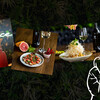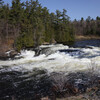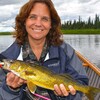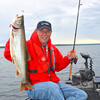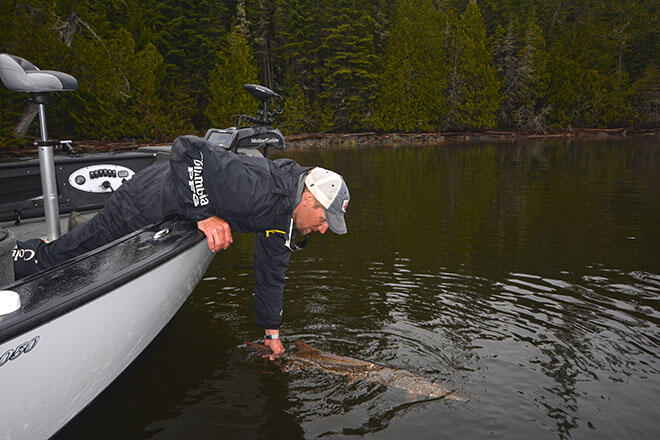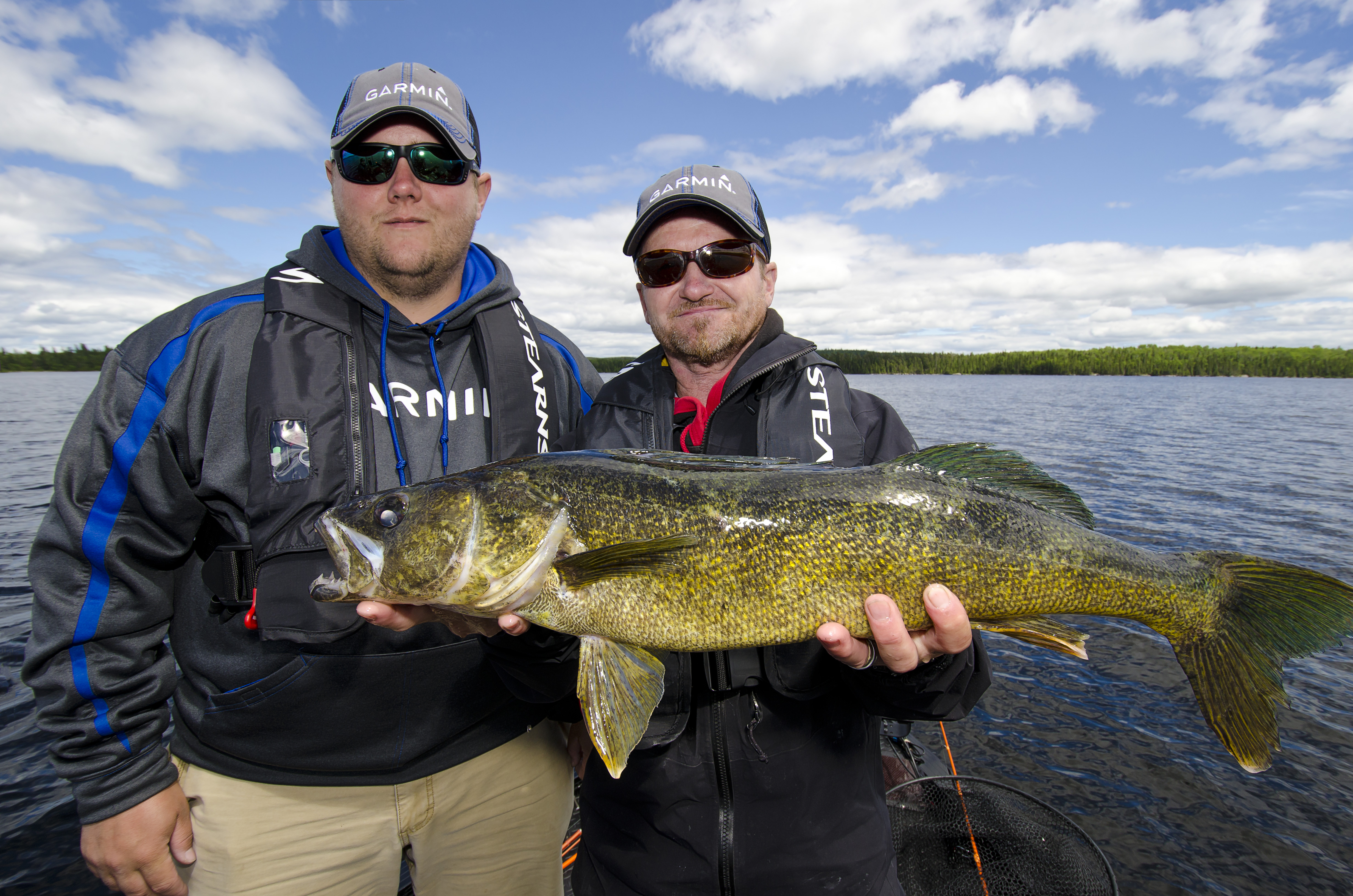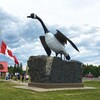
The Troll, then Cast Strategy
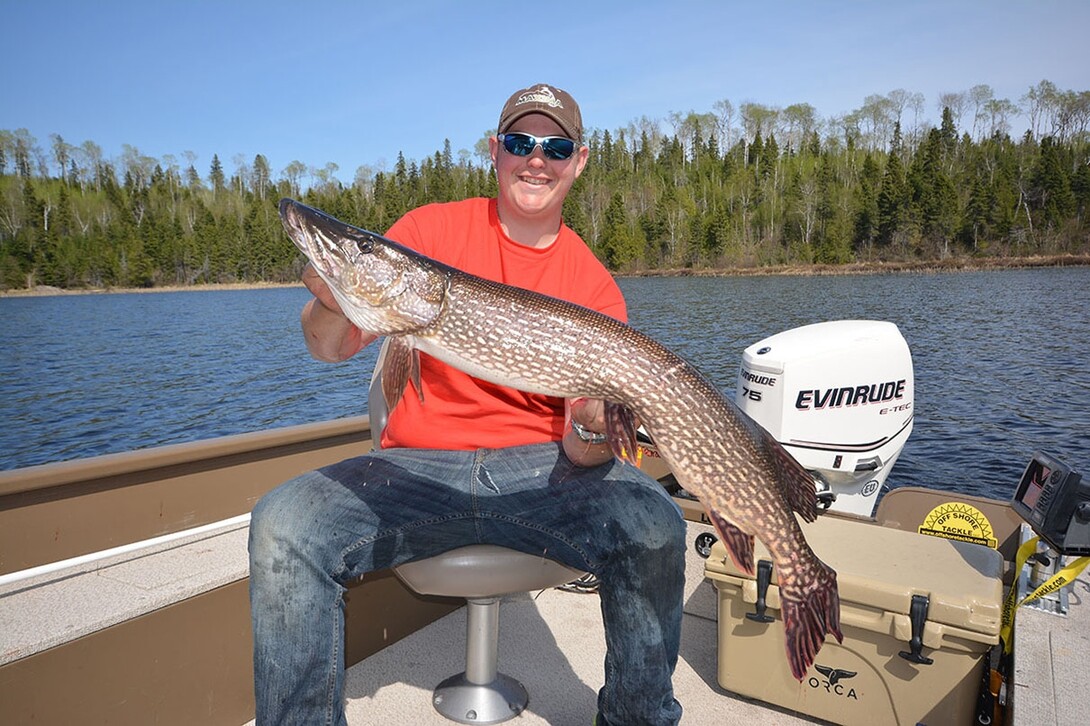
While northern pike are common, trophy-sized pike are anything but common and finding them often requires fishing in uncharted waters. Catching pike can be easy, but finding them isn't always cut and dried.
For more years than I care to remember, my approach to pike fishing in the summer months on uncharted waters boils down to a strategy I simply define as "troll-then-cast". Trolling is the only practical way to cover water when searching for pike, but casting is often the most productive way to catch them.
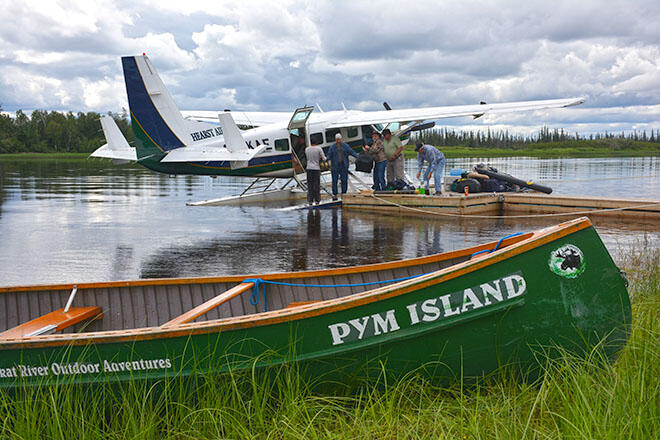
Across Ontario, pike spend the majority of their time from June through September relating to weed beds growing in 6 to 10 feet of water. Pinpointing the location of these weed beds can be a time-consuming process. Trolling flatlines straight out the back of the boat helps speed up the process and keeps baits in the strike zone 100% of the time.
While trolling, my attention is split between watching the surface and my sonar/GPS unit for signs of cabbage weed. In the summer, cabbage weed often grows right up to the surface. The tiny seed pods located on the top of the plant often break the surface and can be spotted at a distance if you watch closely.
Deeper weed growth is located by monitoring the sonar unit. The key to catching pike is locating pockets of cabbage weed and identifying the shallow and deep water edges of these weed flats. Adult pike tend to hang along the deep water edge of weed cover, while smaller immature fish set up housekeeping on the shallow weed edges.
When weeds are found growing along the edge of shoals or points, pinpointing the deep water edge is easy. When cabbage weed is found growing on open water flats, it takes a little more prospecting to determine the weed edge that leads to deeper water. On weed flats, often a difference in water depth of just a foot or two makes a huge difference as to where the larger pike will be found.
JERKBAITS RULE
Shallow diving stickbaits, or what is often called jerkbaits, are among the best baits for trolling to prospect for pike. These minnow imitating crankbaits typically dive from about 6 to 10 feet deep, making them ideal for trolling over the top of emerging weed growth.
Good baits in this category include the Rapala Husky Jerk 14, the Bomber Magnum Long A, the Yo-Zuri Magnum Crystal Minnow and the Reef Runner 900 series.
I troll these baits using 30- to 40-pound test super braid with a 24-inch leader of 40- to 50-pound test fluorocarbon leader. If the weeds are well developed I troll using 20 pound test monofilament to reduce the diving depth of my lures and keep the baits fishing above the weed cover.
When a pike is hooked trolling I immediately save a waypoint on my GPS unit and note the depth the fish was hooked in. Later those waypoints will become prime targets for a casting approach.
If you don't have a GPS unit, toss a marker buoy when a fish is hooked as a reference point. In the meantime, continue to troll and try to determine the location of weed edges that are also adjacent to deeper water.
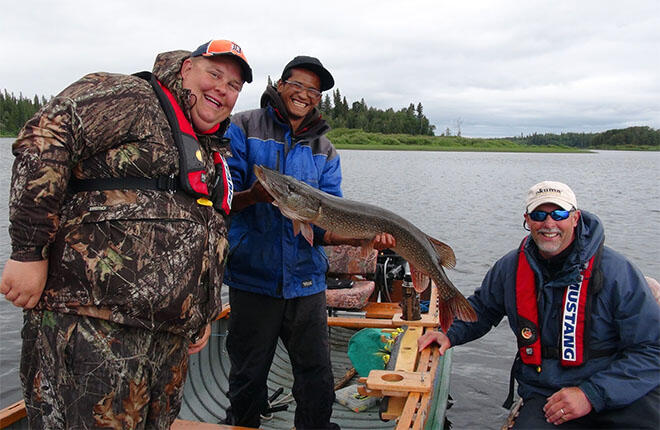
THE CASTING APPROACH
Once I've located some pike by trolling, I'll return to those waypoints or marker buoys and start casting. What baits get the nod is determined by how dense and deep the weed cover happens to be. If the weed cover grows right up to the surface, a weedless spoon like the Johnson Silver Minnow is a "go-to" bait. I favor the larger sizes and also tip this spoon with a white twister tail or chunk of pork rind to add more action, scent and color.
Other good casting baits for fishing in dense weed cover include oversized spinnerbaits. Baits built with musky in mind tend to be the best spinnerbaits for pike fishing. Smaller bass sized spinnerbaits are made with thinner wire and they tend to get literally destroyed by pike.
If the weed growth is sparse casting a jerkbait will usually trigger more strikes than either a spoon or spinnerbait. The steady retrieve that's required to fish a spoon or spinnerbait tends to produce a lot of "follows" but not as many strikes. Working a jerkbait in a "walk the dog" fashion produced savage strikes and more hooked fish.
Another casting bait worth using are bucktail spinners and again the larger-sized baits designed for musky fishing tend to produce best on northern pike. Bucktail spinners come in both single-blade and double-blade versions. The double blade versions like the Bait Rigs Viper 2 Mag 5 Pikie create a lot more flash and vibration in the water and tend to perform best.
And another casting bait I always take along is a heavy-duty swimming style jighead tipped with a 6-inch twister tail or shad style swimbait body. Jigs are fished slower, and deeper and they are the best choice when pike follow, but don't strike. The Bait Rigs Esox Cobra is the perfect jig for pike fishing.
SUMMING IT UP
Trolling is the best way to find the places pike hang out, but casting tends to produce more bites. The best approach is to combine both fishing strategies -- trolling to find fish -- then switching up and casting out the spots that are holding fish.
Recommended Articles

The Wawa Goose
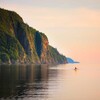
Old Woman Bay
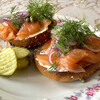
You Gotta Eat Here: 5 Must Try Restaurants in Sault Ste. Marie
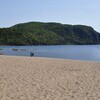
10 Secluded Beaches
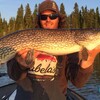
Early Season Pike
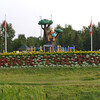
Winnie-the-Pooh's Ontario origins

Lake Superior
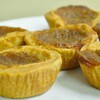
The Butter Tart
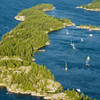
Facts About Lake Huron
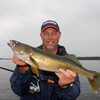
Drop Shot Walleye
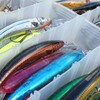
Pike and Muskie Leaders
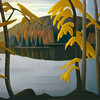
The Ultimate Group of Seven Road Trip
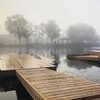
All About Blind River
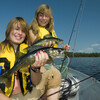
Family Fishing at Lodges & Resorts
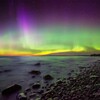
Auroras in Algoma
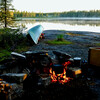
Experience Crown land camping
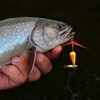
Fishing Knots 101
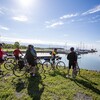
Cycle Tour Algoma
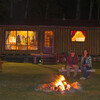
Exploring the Obakamiga Wilderness
